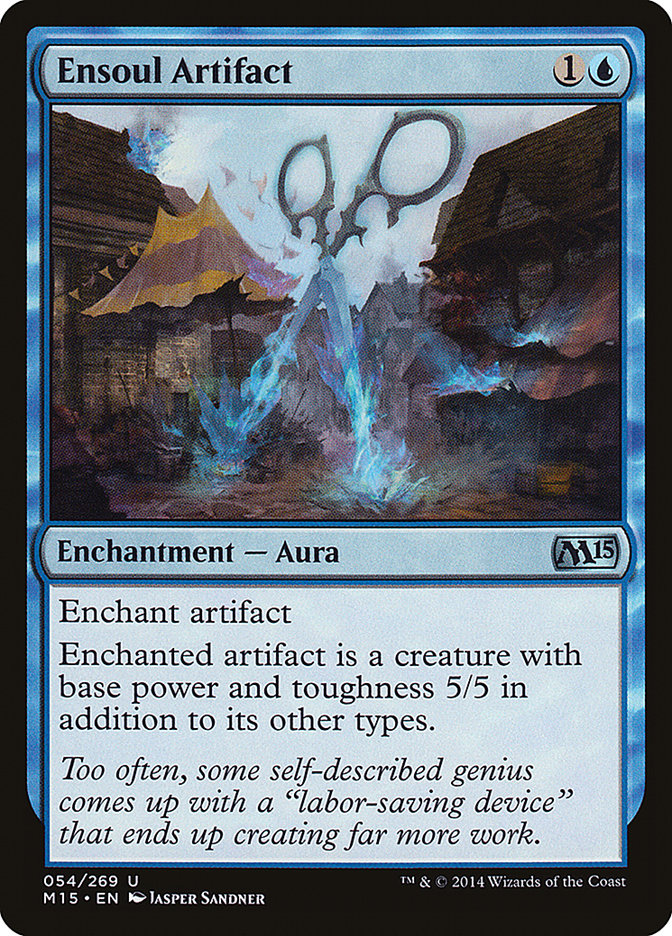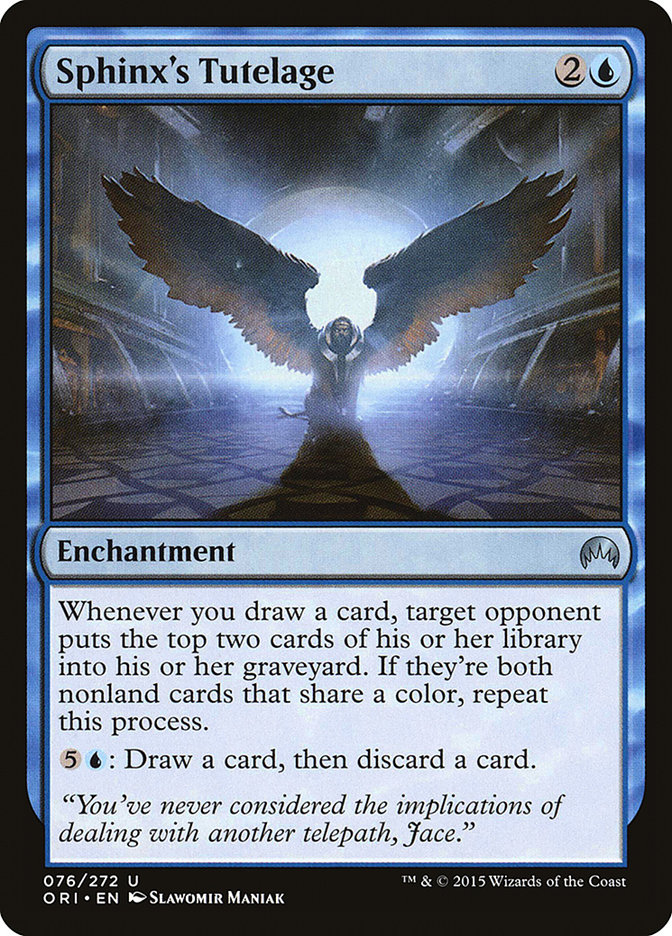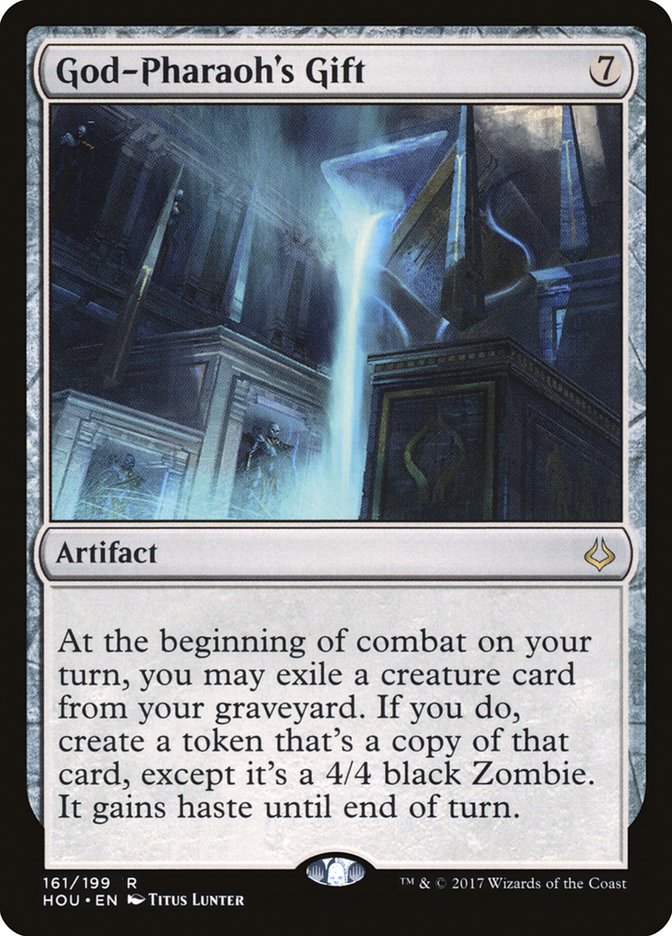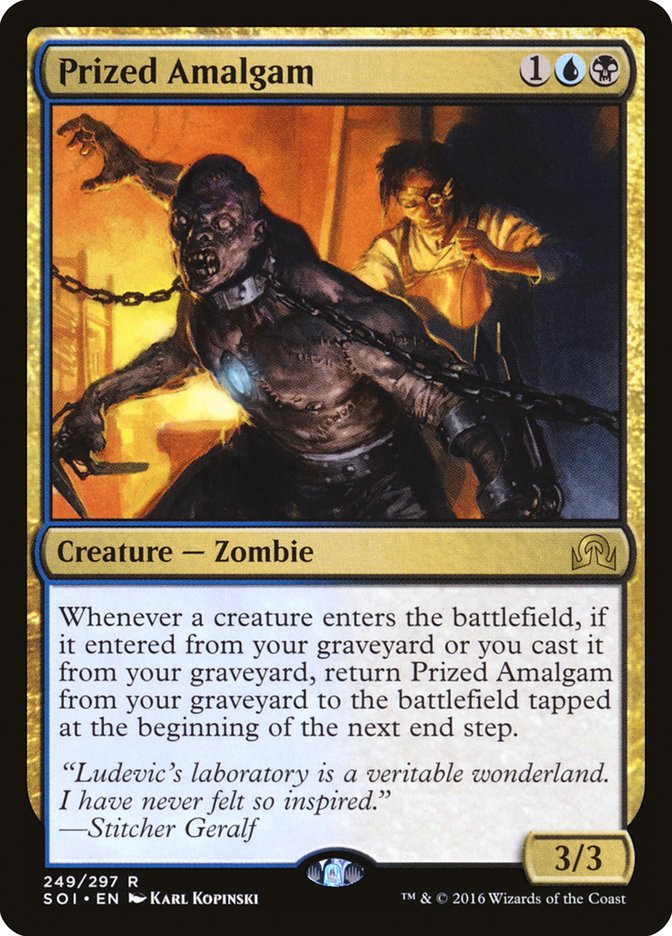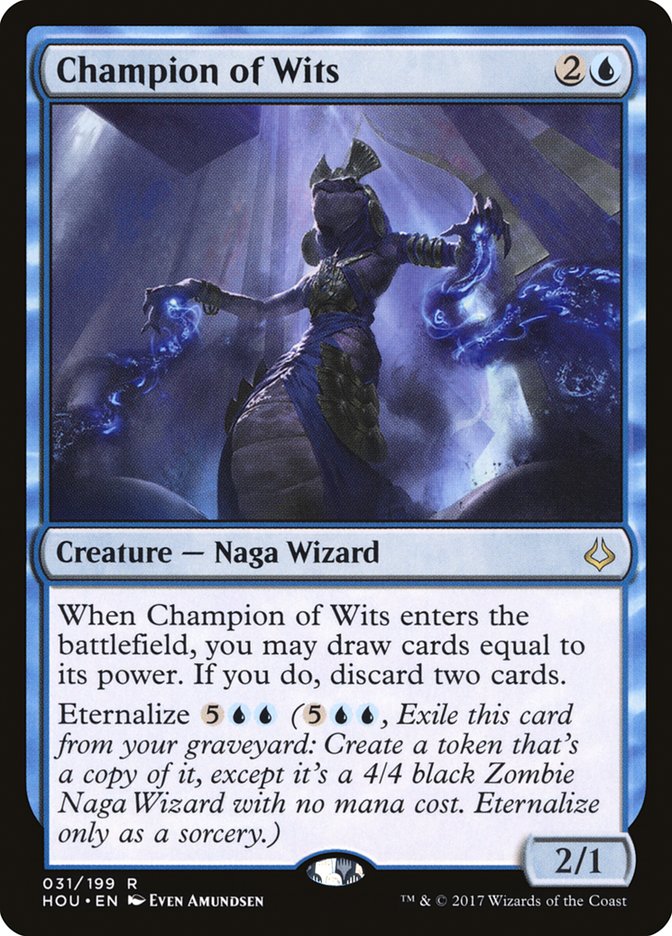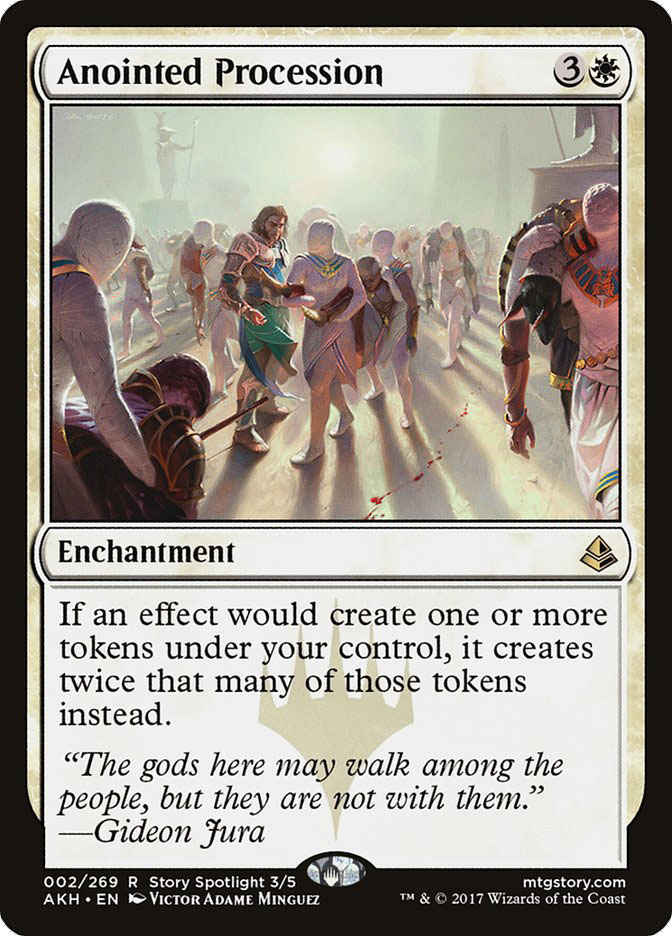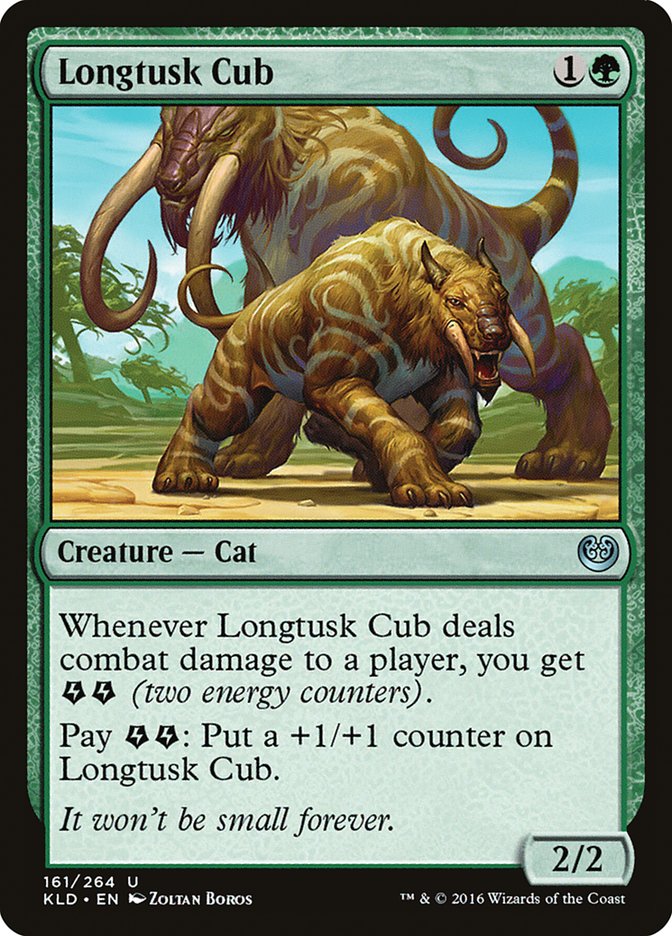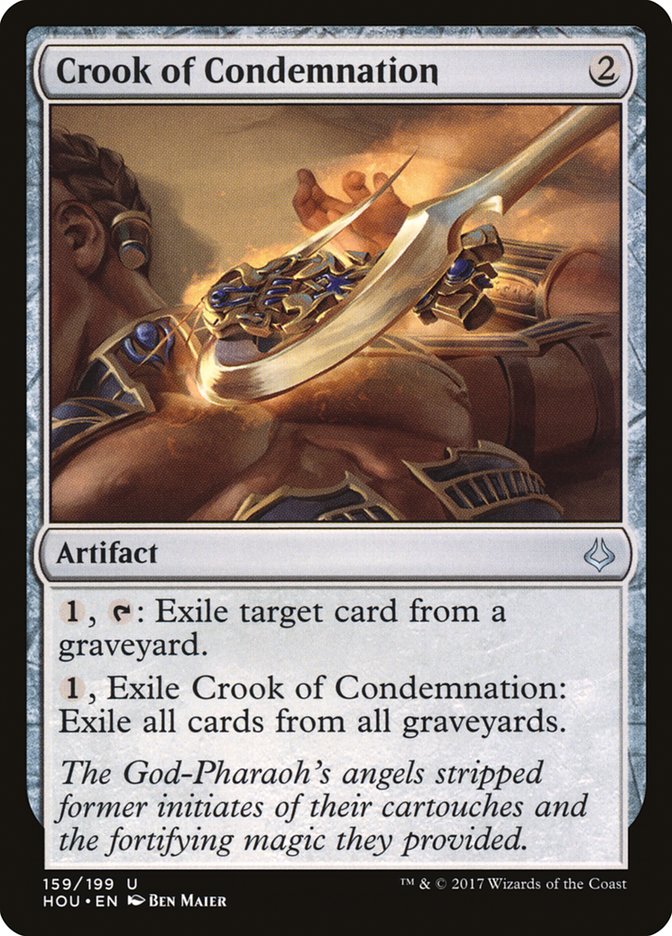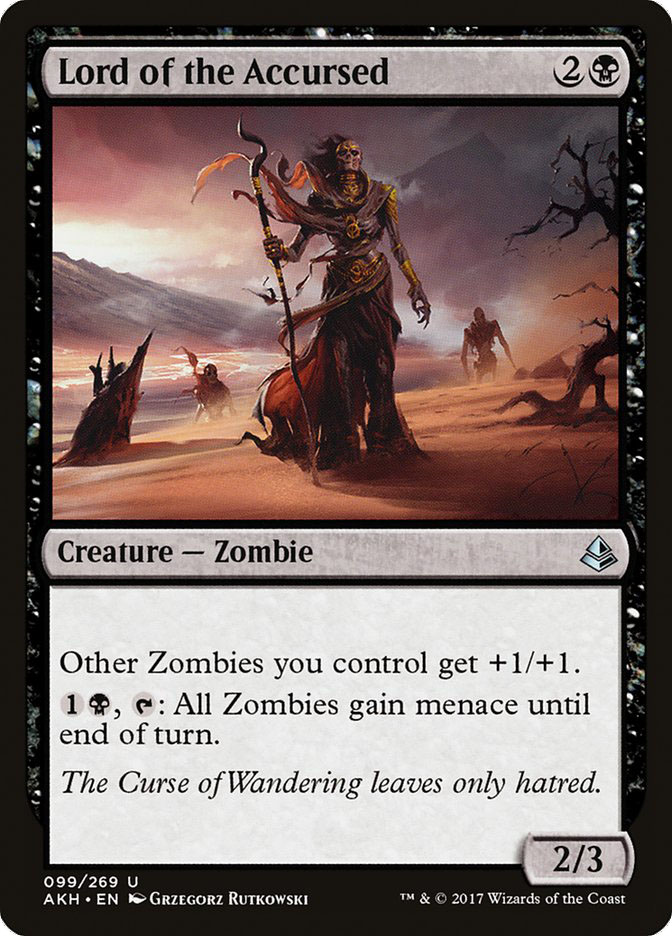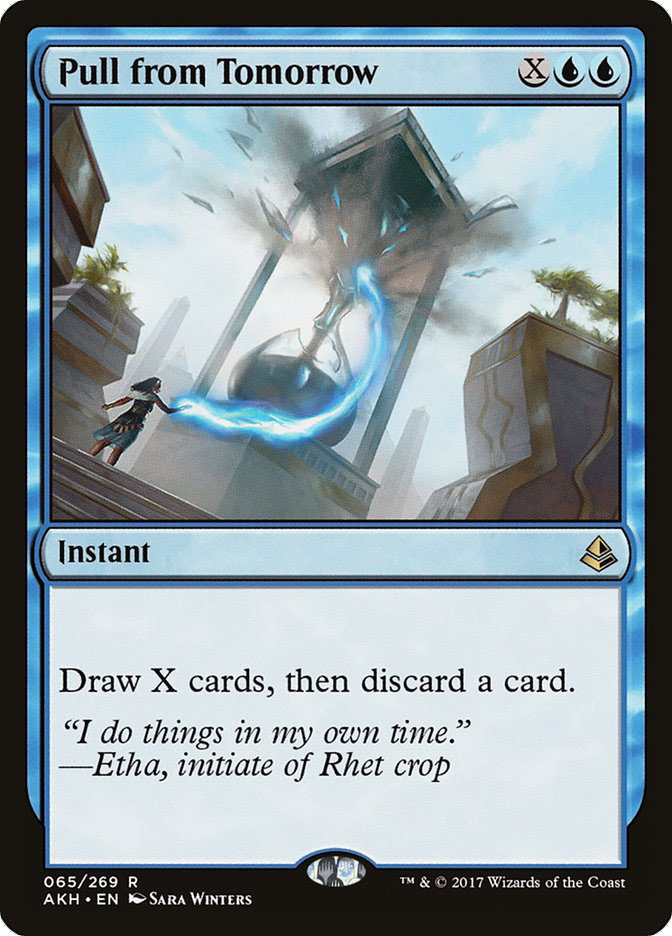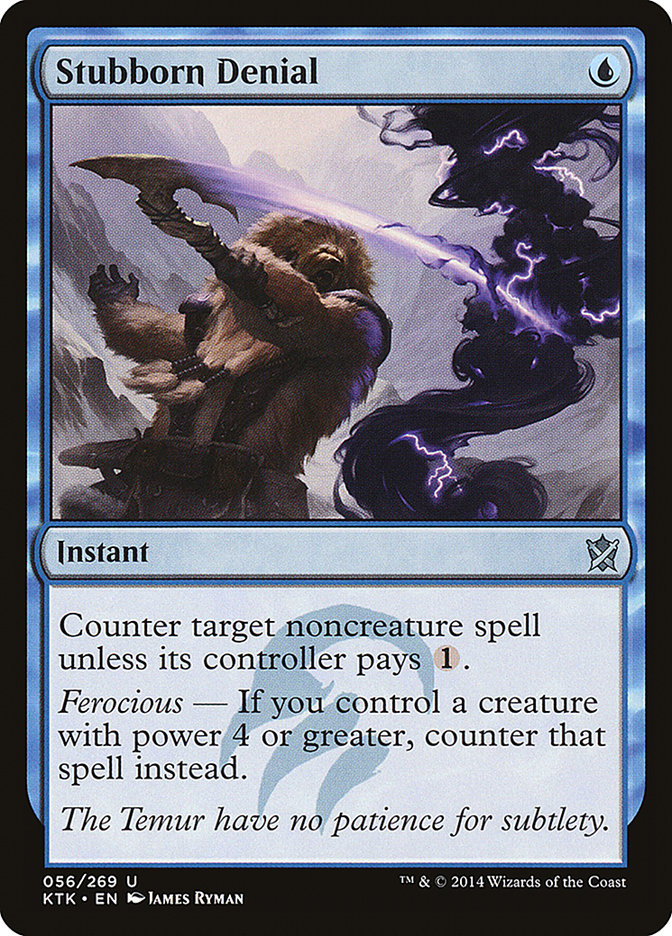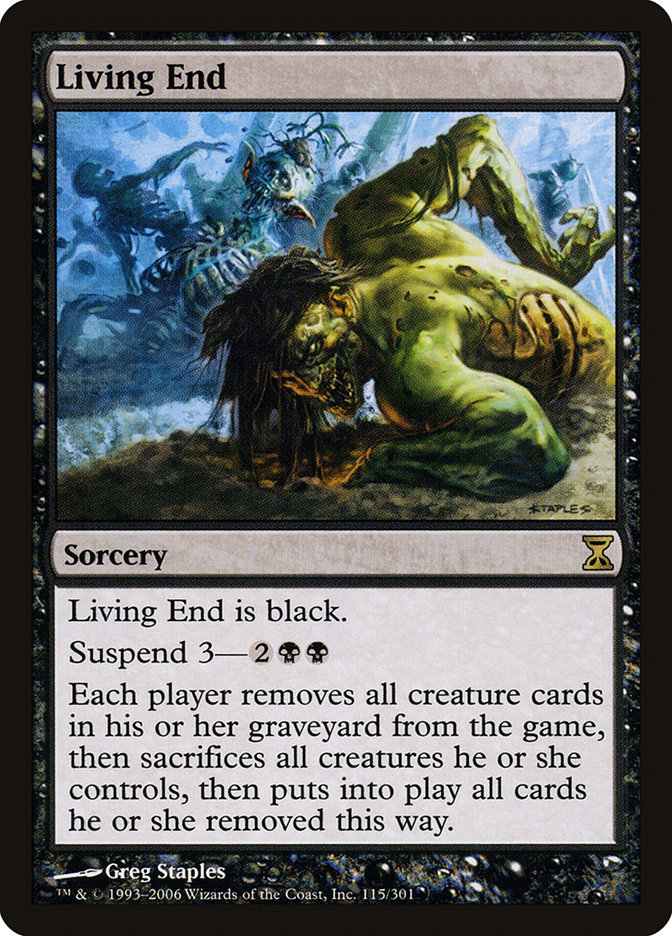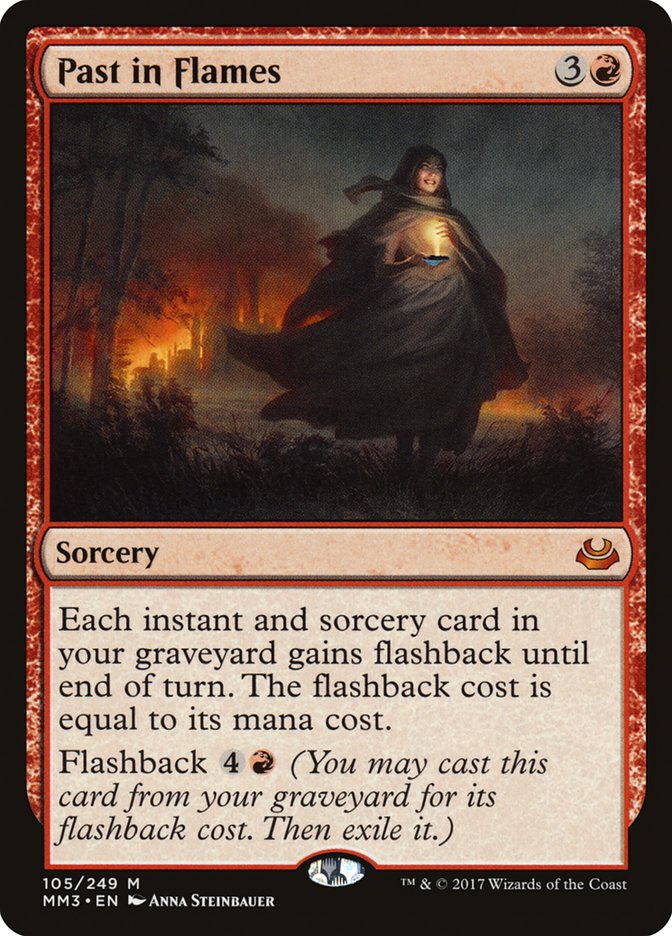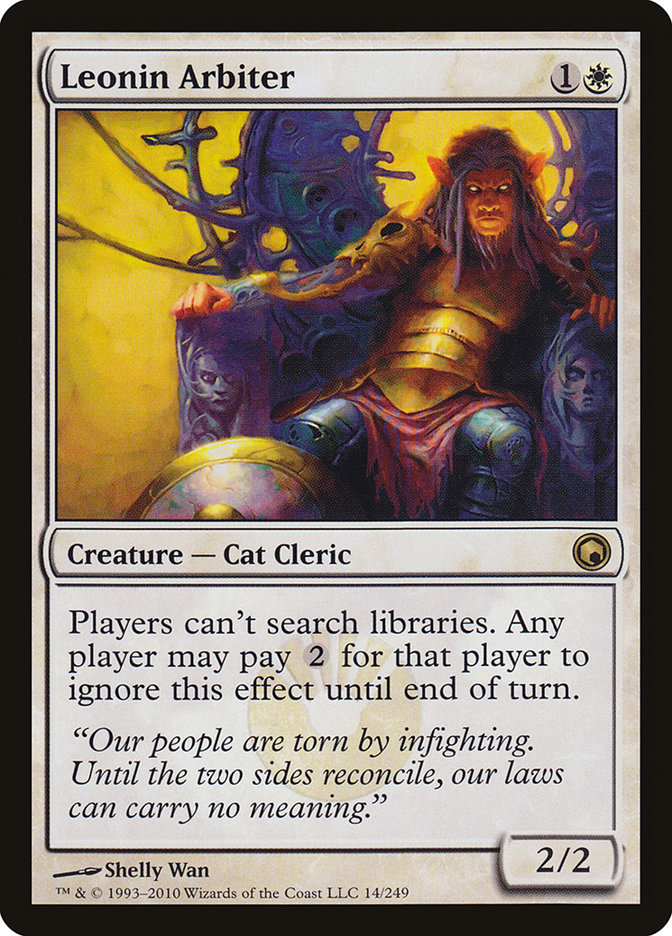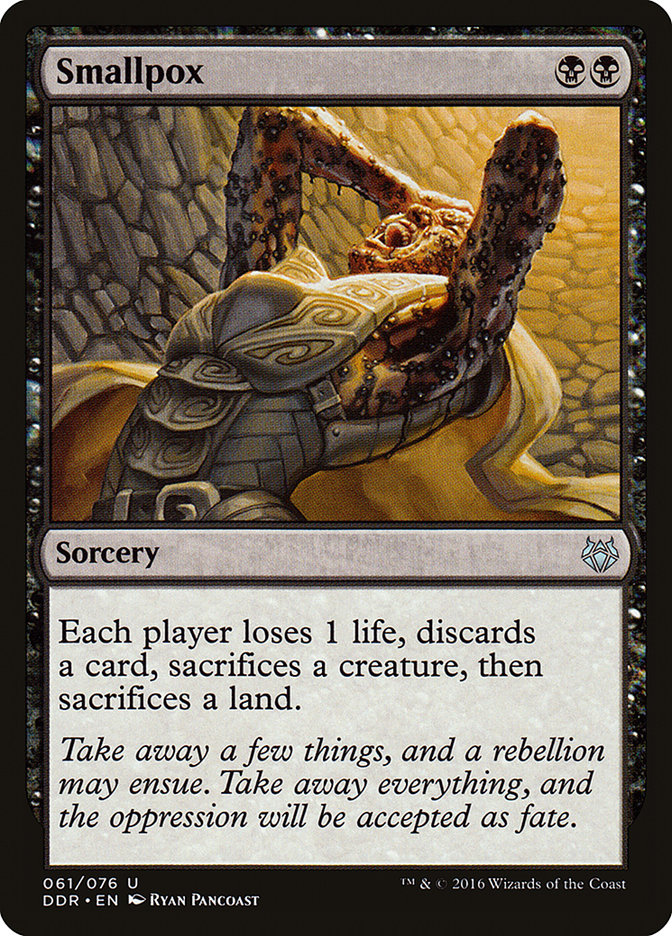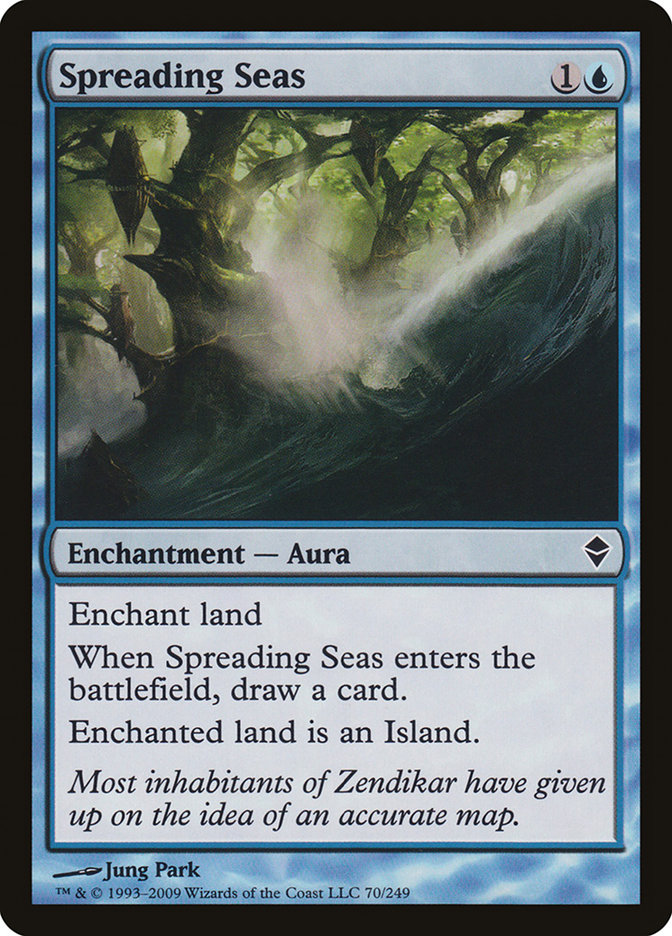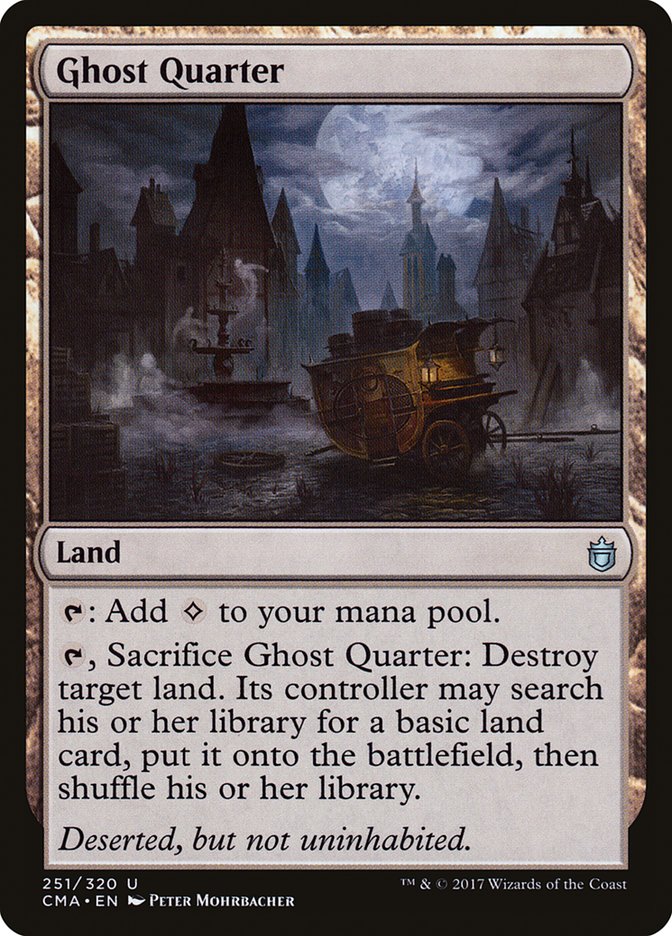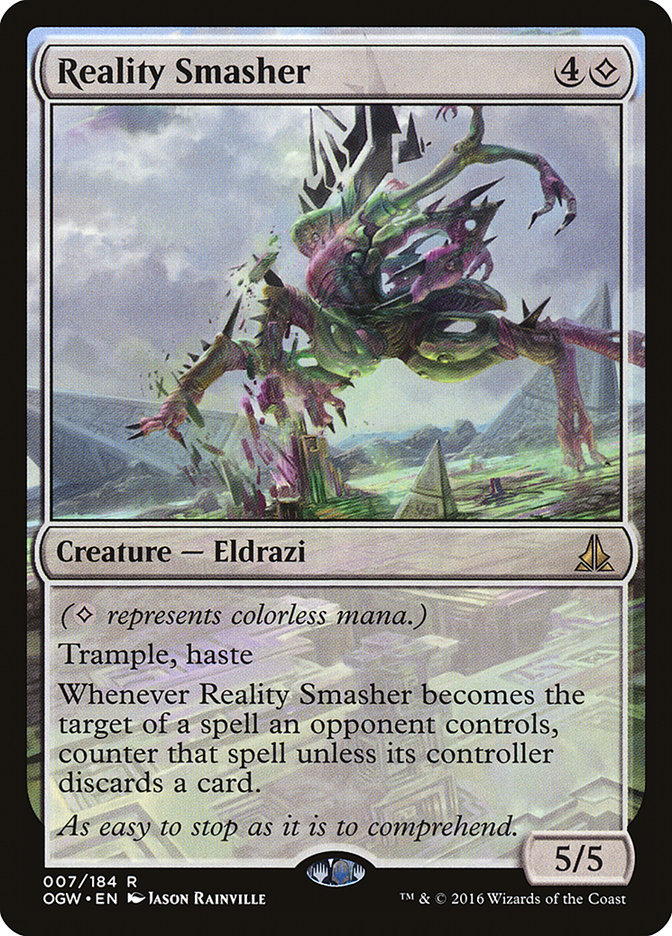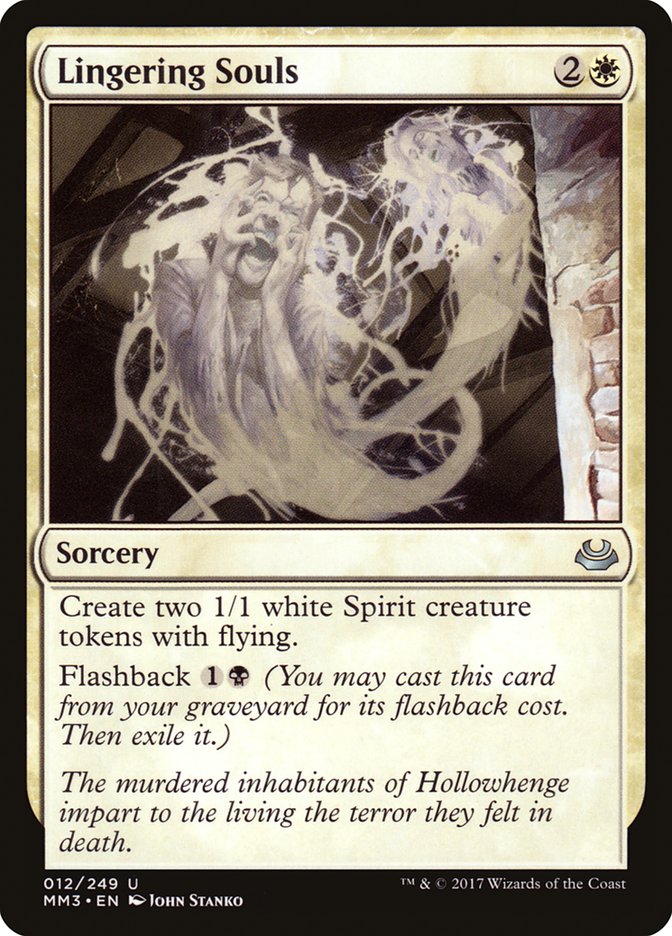In recent months, Standard and Modern have been in weird states of fundamental flux. In the fallout of bannings, important printings, and decks just taking over the metagame, it’s hard to get your footing and try to understand why the things that are winning are actually winning.
I feel like I’m just starting to have put enough work into both to regain my footing. These are the fundamental principles I’ve established for operating in the new world of both formats.
Standard
Rule 1: Eight-Set Standard Means Nonsense
This is just something that has been the case for a decade of Magic history, ever since Wizards of the Coast realized four sets a year was better than however the Core Sets worked in those days. Seven-set Standard typically looks pretty normal. You get a couple of shells that get really good synergies going for them, but they tend to be spread out and still normal enough that people just play aggro-midrange-control Magic.
Eight-set Standard…. who knows. Once you hit that large of a format, weird synergies start to come together that do things well outside of “normal.” This is how you get Counterbalance / Sensei’s Divining Top in the same Standard format, or more recently the Ensoul Artifact and Sphinx’s Tutelage decks from Magic Origins Standard.
Unshocklingly, this format has more weird stuff potential than most. When you add an artifact deck to multiple graveyard blocks, things get a little weird. Add in that those sets have been powerful enough to cause multiple bannings, and you can see a lot of things start to crack.
The deck that won the Magic Online PTQ last weekend is a prime example of “nonsense.” God-Pharaoh’s Gift off Gate to the Afterlife is a real thing you can do in this format. There’s a whole lot of stuff going on there from across four blocks of interactions. You have Refurbish to set up the natural self-mill into your giant artifact, random self-mill cards across various sets building your graveyard for Gate to the Afterlife, and even small things like Mausoleum Wanderer as a way to protect your God-Pharaoh’s Gift from Abrade building a whole out of previous garbage cards. In the end you have a pseudo-Dredge deck with an end-game that buries its opponents.
Creatures (21)
- 4 Prized Amalgam
- 4 Elder Deep-Fiend
- 4 Haunted Dead
- 1 Ishkanah, Grafwidow
- 4 Grim Flayer
- 4 Champion of Wits
Lands (22)
Spells (17)

It almost doesn’t faze us because the deck has been in place for nearly a year, but nonsense is what the Prized Amalgam / Haunted Dead / Elder Deep-Fiend deck is. Champion of Wits is the small boost it got from this set, but it’s a needed one. Instead of having to solidly play red for Cathartic Reunion as a start-up discard outlet to pitch Haunted Dead, you can now lightly touch on the color for when Kozilek’s Return is stuck in your hand. Your mana is already bad with green one-drops, double-blue spells, and double-black out of the sideboard; adding red to that would be pretty horrific.
The rabbit hole goes even deeper if you keep looking. There are just tons of build-arounds and enablers.
There are two options when approached with this kind of metagame as a relatively normal deck. You can either play the fastest clock possible and try to run them over in set-up, or you can play the right hate card for the flavor of the week. Honestly, a bit of the first and a bit of the second is the most successful. You have a clock for the games you miss on finding your hate piece, and in reverse, you have the clock to rely on so you don’t need as many of each hate card and can spread your sideboard better.
For an example, your B/G Delirium deck probably needs every Crook of Condemnation, Yahenni’s Expertise, and Manglehorn or Druid’s Deliverance it can find, while your B/G Energy deck only needs a couple of each because some amount of the games are just won by “Attune with Aether, Longtusk Cub, Winding Constrictor, what do your cards do again?”
Rule 2: Don’t Work Hard for Two-For-Ones
There’s an old rule about Modern that anything that costs four or more had better just win you the game. There’s obviously some wiggle room about how immediate that win has to be (see: Nahiri, the Harbinger probably kills most people quickly enough), but it’s a good benchmark for what the spells should be doing across your mana curve.
In Standard, anything that costs four or more had better get me an immediate, battlefield-positive two-for-one. It shouldn’t be hard; the card should just start winning the game for me. When this has been called a format of twos and fives, this is what is being described.
The three-drops tend to not be significantly more impactful than the two drops. Even if they are a bit better, they don’t bridge into the card advantage realm, relegating them to mostly early-game effectiveness, while later on they just get outclassed, or the card advantage they produce is marginal stuff like Nissa, Voice of Zendikar’s 0/1 Plant token. There are exceptions, but those cards see a ton of play because they are the few that actually do what they need to.
The four-drops hit like the five-drops do, but don’t just give you free cards unless they have the card type planeswalker. Kalitas, Traitor of Ghet is a prime example of this. Yeah, it can produce cards, but you have to jump through hoops and start killing stuff to do so. Glorybringer just brings the killing with it, and Glorybringer is definitely the norm and not an exception. Depending on what kind of two-for-one you want, Verdurous Gearhulk can level things up for immediate damage or Ishkanah, Grafwidow can bog everything down. Archangel Avacyn can flash in, eat attackers, and then sweep the battlefield. Skysovereign, Consul Flagship can just do an Inferno Titan impression. Why bother playing four-drops when you can just pay one more mana and get a free turn of value?
The crazy part is that this isn’t just capped at two-for-ones, but also extends to full-on engines. If it wasn’t obvious from my article, I really like using pointed, semi-hyperbolic jokes to make a point. My line for this Pro Tour has been telling people their cool synergy brews are “almost as good as having a Tireless Tracker on the battlefield.”
Obviously whatever full-setup nonsense they try to pull off is slightly better than making a Clue every turn, but once you factor in multiple cards of effort, putting bad cards into your deck to make it happen, and what happens if you draw two of piece A and none of piece B, suddenly just playing Tireless Tracker sounds really nice. Oketra’s Monument is basically the same thing, offering a mana source instead of a body along with the “get a free card with every basic game action” shtick.
The thing an engine can do to set itself apart from the rest and make the effort worth it is generate battlefield relevant advantages. Basically, just look at God-Pharaoh’s Gift. You get an “eternalized” creature, which puts you at parity for that turn. Then next turn you get a creature and your play, and so on. It is giving you a card, and that card magically appears on the battlefield. That is worth the effort.
Modern
Rule 1: The Nonsense Test Is Easier
Since the ban of Gitaxian Probe and the printing of Fatal Push, Modern has rapidly become a much more disruptive format. You are no longer required to play Lightning Bolt to not die to Glistener Elf and Terminate to kill the rest of the format. You can just Fatal Push, kill anything, and use your extra answer slots on whatever you want… which just happens to be whatever brutally smashes the decks that previously were “good against Lightning Bolt.”
The decks opposing Fatal Push have also become more disruptive. If you start cutting your small creatures, there are only so many directions you can go. A lot of them end in spending your early turns on harsh disruption like Blood Moon and Chalice of the Void so you can make some relevant play before turn 4 or 5.
A ton of previously popular decks have been sidelined almost overnight thanks to Grixis Death’s Shadow becoming the stock option with Eldrazi Tron right behind it. Living End, Collected Company, and Storm are only the ones that have tried to stay relevant, the key word being “tried;” I’m willing to believe someone tried to keep Ad Nauseam alive. While I would want to know how I am supposed to approach each of these matchups with a deck, not being great against one or even all of them is not a big worry at this point of the Modern metagame.
For those who have played a lot of Legacy, this should look familiar. There are a lot of things you could try to pull off in Legacy that aren’t quite there against “Delver of Secrets, Daze you” (or weren’t close against Sensei’s Divining Top). You should be able to see what’s coming next from that.
New decks are good because you can finally rely on the best decks to kill off the random ones in Modern. There are fewer rounds required before the metagame has filtered into Death’s Shadows and Thought-Knot Seers, which is going to be exploitable.
Decks are coming out of the woodwork that previously failed against the random combo decks, but which can make adjustments to really mess up what Death’s Shadow and Eldrazi Tron are trying to accomplish. These decks are a lot like Lands is against the Legacy metagame: it’s never beating Storm, but Delver isn’t going to be happy to play against it. Death and Taxes isn’t quite as good against Grixis or as bad against Collected Company as this comparison suggests, but it’s not far off.
A common trend popping up is that mana and lands are the resources being attacked the hardest. When figuring out what deck you want to play of the many possible Modern options, consider what you are going to do if you get Stone Rained (possibly literally). It could be “sequence my lands better” or “cantrip more,” but “roll up and die” is a very bad answer. My personal favorite answer is “be Dredge, cast Life from the Loam, and laugh at the concept of mana,” but the “be Dredge” part violates some deeply held beliefs, putting it solidly outside my range of consideration.
Regardless of what you play, you have to worry less about dying on turn 3 or 4 than you did a couple of months ago. I think that’s a good thing from a format perspective, but it is very definitely a thing you can work with.
Rule 2: Liliana of the Veil Is The Best
Liliana of the Veil has always been a Modern staple. Sometimes it has merely been soul-crushing against half the field and okay against the rest. In the current state of Modern, it is possibly one of the best five cards in the format.
Everyone is playing creatures. They are all creatures that die to removal under the hope that your other cards are good enough at finding more creatures or picking apart their answers that you don’t care. None of them are Kitchen Finks or Voice of Resurgence, cards that turn Liliana of the Veil into a near unplayable way to attack their hand. Only Craig Wescoe is crazy enough to do that.
They are also not playing high-density creatures. The play pattern that is unbeatable with Liliana of the Veil is when you cast her, use the -2 to Edict, and are left facing no threat. You can then use a spell to kill whatever the follow-up play is, tick Liliana back up, and then your opponent is stuck with your second Edict on suspend to eat another card and turn of mana. If you just play two 1/1s for one mana, she can’t do that, but that’s not how things are working these days.
The one way Liliana is easily mitigated is against Lingering Souls, which is almost exclusively a concern in mirror matches.
I don’t think we are anywhere near Liliana saturation where you need to exploit the fact that she is good, but if we do reach that point, I would be looking here. What decks can use Lingering Souls that aren’t already? The one that immediately springs to mind is Abzan Company, or now Counters Company. At Pro Tour Oath of the Gatewatch, amid all the Eldrazi shenanigans, there was a Chord of Calling Abzan combo deck with Lingering Souls alongside the Archangel of Thune – Spike Feeder combo. Could a Devoted Druid version of the same deck be good?
I’ve long said the Collected Company decks need a rebuild to fit in interaction, but what if you just took out the Collected Company induced need to trim on spells? That deck had a bunch of high-end built in with Archangel, but this list could be more like the Jeff Hoogland decks that featured whatever heavy hitters were good that week.
Creatures (26)
- 4 Birds of Paradise
- 1 Eternal Witness
- 1 Orzhov Pontiff
- 1 Reveillark
- 4 Devoted Druid
- 4 Noble Hierarch
- 1 Scavenging Ooze
- 1 Courser of Kruphix
- 1 Anafenza, the Foremost
- 2 Tireless Tracker
- 1 Duskwatch Recruiter
- 1 Selfless Spirit
- 1 Walking Ballista
- 3 Vizier of Remedies
Lands (23)
Spells (11)

Directly porting over from the original Archangel lists gets me here. I feel like I’m missing a tutorable Lingering Souls effect like Pia and Kiran Nalaar or a Thragtusk, but these are the obviously good options without exploring weird tutor toolboxes. Yeah, sometimes Eldrazi Tron will Tron you, but sometimes you will just Druid them and the game will end. You are really just running the same “midrange with busted draw” plan they are, only your busted draws actually leave opponents dead.
Hopefully, between the Pro Tour, the Modern weekend August 12-13 with the SCG Tour in Richmond, Grand Prix Sao Paulo, and Grand Prix Birmingham, and all of the gameplay around those events, things will clear up further. I haven’t made many conclusions for now, but having the first points of context can really change how you make decisions for the better.


